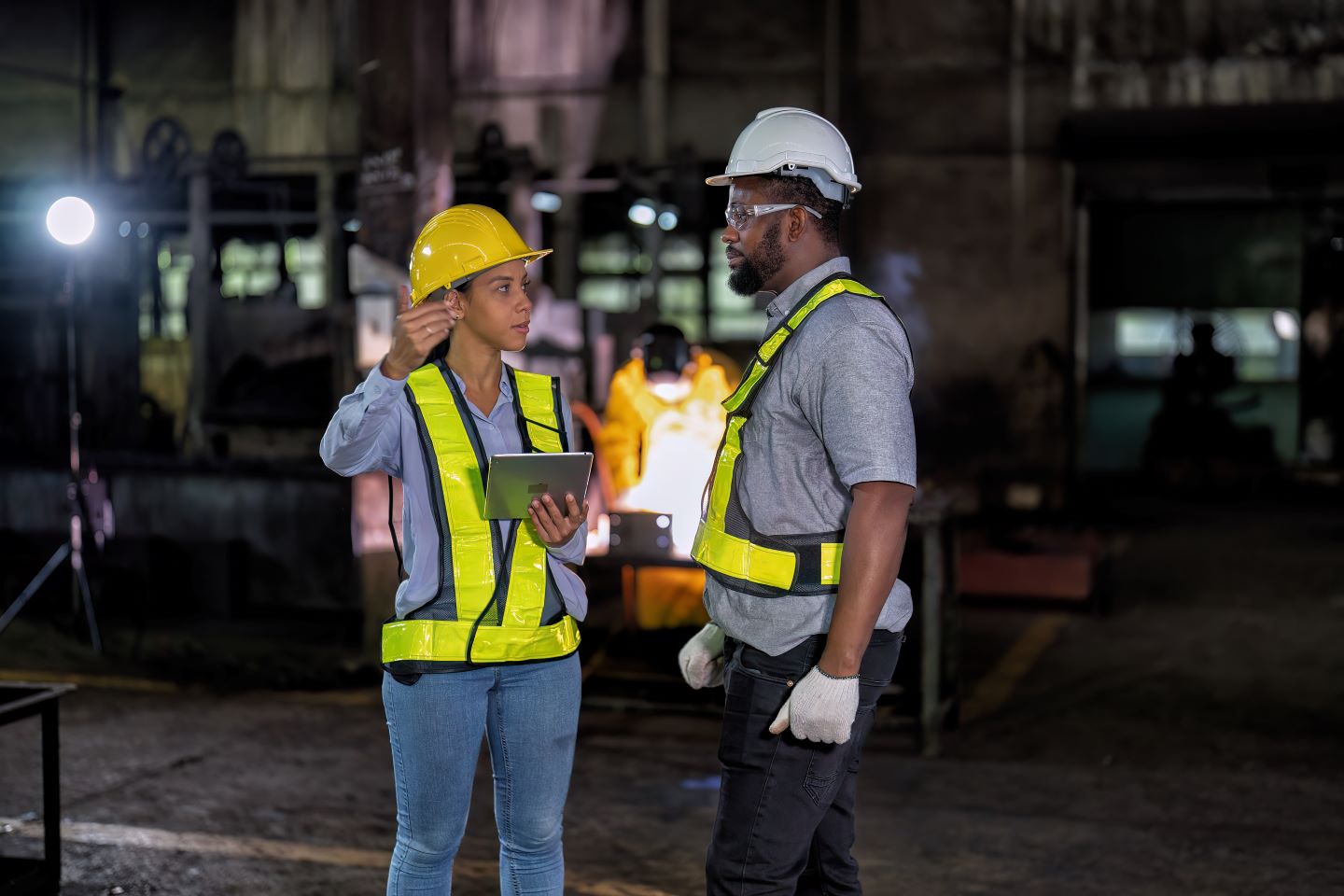The Future of Safety Technology
In an era where technology evolves at breakneck speed, the safety industry is not left behind. The emergence of cutting-edge technologies such as Artificial Intelligence (AI), Machine Learning (ML), and the Internet of Things (IoT) is set to fundamentally transform how safety is managed and implemented across high-risk industries. This revolution is not just about enhancing safety protocols but is also about fostering a proactive safety culture that can significantly reduce workplace accidents and ensure a safer work environment for all.
The Dawn of a New Safety Era with AI and ML
Artificial Intelligence and Machine Learning are at the forefront of this technological revolution in safety. By harnessing the power of AI, companies can now predict potential safety hazards before they occur. For instance, AI algorithms can analyze historical accident data and identify patterns that might indicate a risk of future incidents. This predictive capability allows companies to implement preventative measures, drastically reducing the likelihood of accidents.
Moreover, AI and ML can automate the monitoring of safety compliance, ensuring that safety protocols are consistently followed. Through computer vision, AI systems can analyze video footage from workplace cameras in real-time to detect safety violations, such as workers not wearing protective gear or engaging in unsafe behaviors. This immediate feedback loop enables swift corrective actions, enhancing overall safety compliance.
IoT: A Game-Changer in Real-Time Safety Monitoring
The Internet of Things has ushered in a new dimension of safety management through real-time monitoring. IoT devices, such as wearable sensors and smart helmets, can track workers' physical conditions and environmental factors, providing invaluable data for preventing accidents. For example, wearable sensors can monitor a worker's vital signs and fatigue levels, alerting supervisors when there is a risk of overexertion or heatstroke.
Similarly, smart helmets equipped with environmental sensors can detect hazardous gases or extreme temperatures, enabling workers to evacuate dangerous areas promptly. These IoT devices not only prevent accidents but also ensure a rapid response in case of an emergency, potentially saving lives.
The Integration of Safety and Technology: Challenges and Opportunities
While the integration of technology into safety management offers numerous benefits, it also presents challenges. One of the primary concerns is privacy and data security. Companies must ensure that the data collected through AI and IoT devices are securely stored and used ethically, respecting workers' privacy rights.
Furthermore, there is the challenge of technology adoption. Implementing these advanced technologies requires a significant investment in infrastructure and training. Workers and managers alike need to be educated on how to effectively use these technologies to maximize their safety benefits.
Despite these challenges, the opportunities presented by AI, ML, and IoT in revolutionizing safety management are immense. These technologies not only improve safety outcomes but also enhance operational efficiency. By reducing the frequency of accidents, companies can minimize downtime and associated costs, leading to improved productivity and profitability.
The goal of integrating technology into safety management is to build a proactive safety culture. A culture where safety is not just about compliance but is embedded in every aspect of the organization's operations. Technologies like AI, ML, and IoT can empower employees to take an active role in safety, making it a collective responsibility. To achieve this, companies must foster an environment of continuous learning and innovation. Regular training sessions on the latest safety technologies and their benefits should be conducted. Employees should be encouraged to share their insights and suggestions on improving safety protocols, creating a collaborative atmosphere that values safety above all.
Looking Ahead: The Future of Safety in the Digital Age
As we look ahead, the future of safety in high-risk industries is undoubtedly digital. The ongoing advancements in AI, ML, and IoT are set to create safer workplaces, where technology and human ingenuity work hand in hand to prevent accidents and protect lives. However, for this future to become a reality, companies must embrace these technologies, overcome the challenges of adoption, and commit to fostering a proactive safety culture.
The revolution in safety technology is not just about the tools and systems we implement. It's about how we leverage these technologies to create a safer work environment for everyone. By embracing the future of safety technologies, like Goal Zero, we can look forward to a world where workplace accidents are the exception, not the norm, and where safety is an integral part of every organization's DNA.

